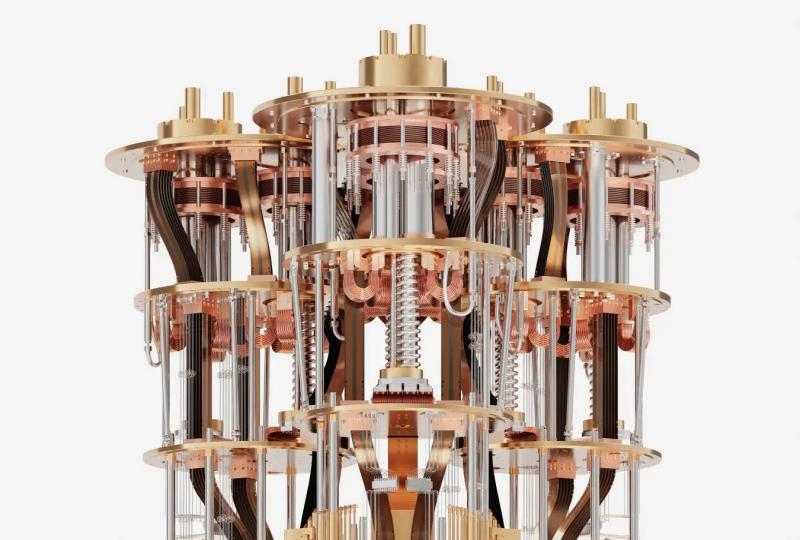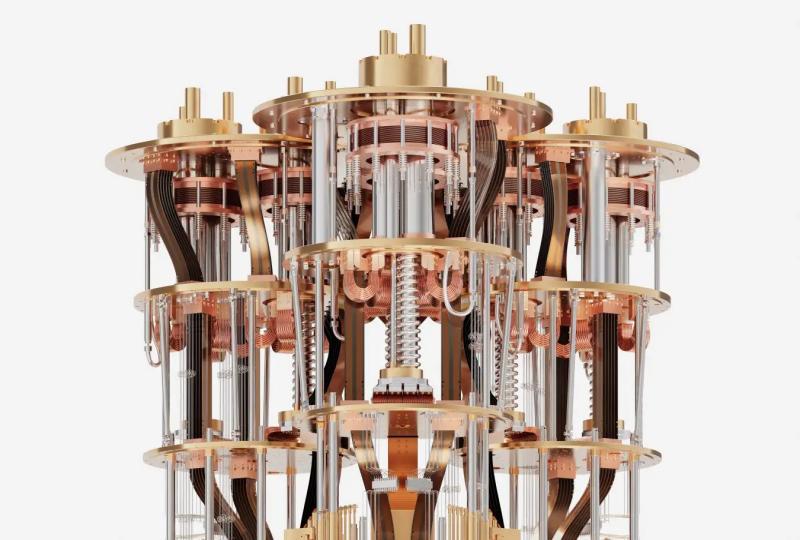Quantum Hardware Explained: A Complete Guide for 2025
2025.04.29 · Blog
What Is Quantum Hardware?
Quantum hardware refers to the physical components and systems used to build quantum computers—machines that harness the laws of quantum mechanics to perform computations. Unlike classical computers, which use bits (0 or 1), quantum computers use qubits, which can exist in superposition and be entangled. Building and maintaining these fragile states require specialized, high-precision hardware across multiple domains: physics, cryogenics, materials science, electronics, and computer engineering.
Why Quantum Hardware Matters
Quantum computing promises breakthroughs in areas like drug discovery, materials simulation, cryptography, financial modeling, and machine learning. However, these promises depend on building scalable, fault-tolerant quantum hardware—an enormous engineering challenge. Quantum software and algorithms cannot progress without reliable, powerful quantum hardware to run on.
Core Components of Quantum Hardware
1. Qubit Technologies
Each type of qubit is built from a different physical system, and each has trade-offs in terms of coherence time, gate fidelity, scalability, and control complexity.
|
Qubit Type |
Description |
Leading Companies |
|
Superconducting |
Circuits cooled to millikelvin temperatures to form Josephson junctions. Fast gates, but decohere quickly. |
IBM, SpinQ, Google |
|
Trapped Ions |
Individual ions trapped in electromagnetic fields. Long coherence time, precise gates, slower speed. |
IonQ, Quantinuum |
|
Photonic Qubits |
Information encoded in light particles. Room-temperature operation, challenging scalability. |
Xanadu, PsiQuantum |
|
Spin Qubits |
Electron or nuclear spins in quantum dots or NV centers. Small footprint, compatible with CMOS. |
Intel, Delft |
|
Neutral Atoms |
Atoms trapped and controlled via laser beams in 3D arrays. Promising for high scalability. |
QuEra, Pasqal |
|
Topological Qubits |
Qubits based on non-Abelian anyons. Still theoretical but could offer built-in error resistance. |
Microsoft (Azure Quantum) |
2. Cryogenic Systems
Most quantum processors—especially superconducting and spin-based systems—require temperatures close to absolute zero (~10–20 mK) to operate properly.
-
Dilution refrigerators are used to cool the quantum chip and shield it from thermal noise.
-
These systems are expensive, bulky, and sensitive to vibrations, but critical for stable qubit operation.
3. Quantum Control Electronics
Quantum operations are not performed with keyboards but through microwave pulses, laser beams, or voltage changes, depending on the platform.
-
Pulse shaping must be extremely precise—often down to nanoseconds or less.
-
Control hardware includes arbitrary waveform generators (AWGs), DACs/ADCs, RF amplifiers, and FPGAs.
-
Synchronization across multiple qubits requires real-time feedback and advanced calibration algorithms.
4. Readout and Measurement Systems
Reading a qubit state is a destructive process, typically collapsing the superposition to a classical 0 or 1.
-
Superconducting qubits use resonators and quantum amplifiers (e.g., Josephson Parametric Amplifiers).
-
Trapped ions and neutral atoms use photon detection after laser excitation.
-
Measurement fidelity directly affects quantum error correction.
5. Quantum Interconnects and Scaling Infrastructure
As systems scale from dozens to thousands or millions of qubits, connectivity becomes a bottleneck.
-
Quantum interconnects aim to connect multiple chips or modules with photonic links or microwave buses.
-
3D integration, cryogenic cabling, and advanced packaging techniques (e.g., flip-chip bonding) are vital for scaling.
Technical Challenges in Quantum Hardware
1. Scalability: Today's quantum processors range from a few dozen to a few thousand qubits, but practical quantum advantage likely requires millions.
2. Decoherence: Qubits lose their quantum state due to environmental interference.
3. Error Correction Overhead: Qubits are extremely sensitive to noise. Quantum error correction requires hundreds to thousands of physical qubits per logical qubit.
4. Gate Errors: Imperfect pulses or calibration lead to incorrect quantum logic.
5. Thermal Isolation: Maintaining ultra-low temperatures is expensive and technically challenging. Even micro-watt heat loads can destabilize cryogenic systems.
6. Fabrication Variability: Tiny differences in chip fabrication cause large behavioral shifts in qubit performance.
7. Crosstalk: Operations on one qubit can unintentionally affect nearby ones.
Who Is Leading in Quantum Hardware?
Leading quantum computing companies are innovating across different hardware platforms:
|
Company |
Qubit Tech |
Notable Hardware Efforts |
|
IBM Quantum |
Superconducting |
1. Roadmap to 100,000+ qubits 2. Eagle and Condor chips 3. Having advanced cryogenic systems |
|
Google Quantum AI |
Superconducting |
1. Developed the 105-qubit Willow quantum chip 2. Scaled quantum processors with custom control stacks |
|
IonQ |
Trapped ions |
Commercial systems available via cloud, scalable traps |
|
Quantinuum |
Trapped ions |
Integrated hardware and software stack |
|
Xanadu |
Photonic |
Borealis: world's largest photonic quantum computer |
|
SpinQ |
Superconducting Nuclear Magnetic Resonance |
1. Industrial-grade superconducting quantum computer ans quantum chips 2. Compact, educational-grade quantum hardware |
|
QuEra |
Neutral atoms |
Large-scale programmable atom arrays |
|
Microsoft |
Topological (in R&D) |
Pursuing Majorana-based qubits with Azure Quantum |
Quantum Hardware in 2025: Trends to Watch
-
Cryo-CMOS Control Chips: Integrating control at cryogenic temperatures to reduce latency and wiring.
-
Error-Corrected Logical Qubits: Transition from noisy, physical qubits to fault-tolerant logical ones.
-
Hybrid Classical-Quantum Architectures: Co-design of hardware and software accelerators (e.g., GPU + QPU).
-
Modular Quantum Architectures: Chiplets and photonic links for scalable, distributed quantum systems.
Conclusion: The Backbone of Quantum Progress
Quantum hardware is at the heart of the quantum revolution. Without high-quality qubits, reliable control, and scalable integration, quantum software is useless. In 2025 and beyond, breakthroughs in quantum hardware will determine how fast quantum computing becomes a practical tool across industries. Whether you're a student, researcher, or tech executive, now is the time to understand the machines that could change computing forever.
Featured Content






